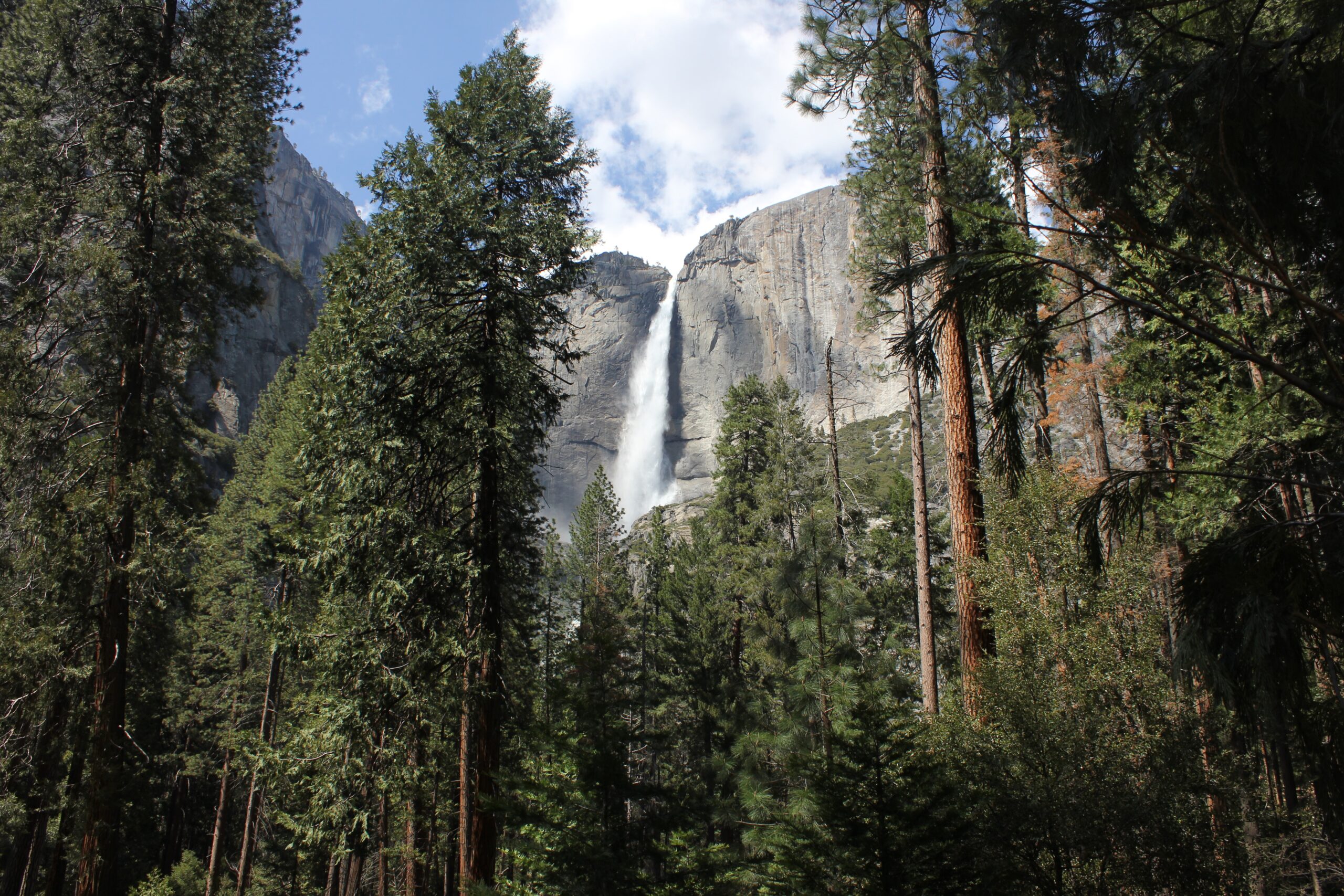The Metropolitan Water District of Southern California, which supplies about 19 million people with water, declared an emergency situation over the shortage in April and unanimously voted to reduce its use, whether through restrictions on watering outside or some other means. The Metropolitan Water District of Southern California declared a water shortage emergency for parts of drought-stricken California last week. The states water project, a vast system of canals, reservoirs and pipes running roughly two-thirds of the states length, impacts some 6 million Southern Californians in the counties of Los Angeles, San Bernardino and Ventura. Last month, the metropolitan water district of southern California announced the strictest water restrictions yet for residents and businesses in counties surrounding Los Angeles, aiming to reduce water usage by at least 35%. [Sources: 3, 5, 7]
This year, California regulators announced that because of the severe drought conditions, they will provide just 5% of their state Water Project supplies. During the current drought, the State Water Project is only providing 5 percent of the water local municipalities requested. [Sources: 1, 7]
The mandates are one of many tools Californians have used to save water during Californias drought. The cuts have not yet taken hold–water usage has dropped by less than 4%–and the states drought is only getting worse. There was a great push to implement voluntary reductions in water usage, followed by conservation mandates, during the last drought, in 2015, and that worked, but for just one year, then water usage went back right up. [Sources: 0, 2, 4]
Not only are its reservoirs already at critical levels because of unrelenting drought, residents and businesses throughout the state are now using more water than in seven years, even though Gov. In fact, almost 60% of California is experiencing extreme drought conditions, according to the states National Integrated Drought Information System. A single, dry year is not drought to most Californians, due to the states vast system of water infrastructure and buffering effects from groundwater resources. [Sources: 0, 5, 6]
Describing drought as one of the most worrisome challenges parts of drought-stricken California ever faced. Metro issued unprecedented restrictions restricting outside watering to just one day a week, while also calling for all Southern Californians to reduce use by as much as 30%. In one of the most far-reaching efforts yet to safeguard Californias water supplies, state regulators Tuesday ordered thousands of farmers, irrigation districts and municipal water agencies, including San Francisco, to halt taking their supplies from rivers and streams. The California Drought Order forces water users, from individual landowners to utilities serving tens of thousands, to look at alternate sources of water, if users have them. [Sources: 2, 3]
##### Sources #####
[0]: https://news.usc.edu/200268/california-drought-water-restrictions-wastewater/
[1]: https://calmatters.org/environment/2021/06/california-water-shortage/
[2]: https://www.sfchronicle.com/climate/article/California-orders-thousands-of-farms-and-cities-17225970.php
[3]: https://www.theguardian.com/us-news/2022/may/03/californias-new-drought-rules-will-they-be-enough-to-halt-the-alarming-challenges-ahead
[4]: https://www.nytimes.com/2022/05/25/us/california-drought-water-restrictions.html
[5]: https://www.cnn.com/2022/05/15/us/california-water-usage-increase-drought-climate/index.html
[6]: https://water.ca.gov/water-basics/drought
[7]: https://www.cbsnews.com/news/water-cutbacks-california-6-million-people-drought/



